Breast conservation surgery: state of the art
- PMID: 22295209
- PMCID: PMC3262560
- DOI: 10.4061/2011/107981
Breast conservation surgery: state of the art
Abstract
Breast conservation surgery is available to the vast majority of women with breast cancer. The combination of neoadjuvant therapies and oncoplastic surgical techniques allows even large tumours to be managed with a breast-conserving approach. The relationship between breast size and the volume of tissue to be excised determines the need for volume displacement or replacement. Such an approach can also be used in the management of carefully selected cases of multifocal or multicentric breast cancer. The role of novel techniques, such as endoscopic breast surgery and radiofrequency ablation, is yet to be precisely defined.
Figures
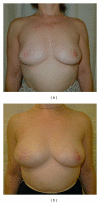

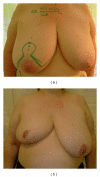
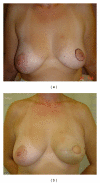
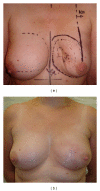
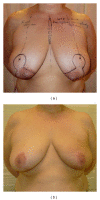
References
-
- Fisher B. Laboratory and clinical research in breast cancer—a personal adventure: the David A. Karnofsky memorial lecture. Cancer Research. 1980;40(11):3863–3874. - PubMed
-
- Valero VV, Buzdar AU, Hortobagyi GN. Locally advanced breast cancer. Oncologist. 1996;1(1-2):8–17. - PubMed
-
- Makris A, Powles TJ, Ashley SE, et al. A reduction in the requirements for mastectomy in a randomized trial of neoadjuvant chemoendocrine therapy in primary breast cancer. Annals of Oncology. 1998;9(11):1179–1184. - PubMed
-
- Baildam A, Bishop H, Boland G, et al. Oncoplastic breast surgery—a guide to good practice. The European Journal of Surgical Oncology. 2007;33(supplement 1):S1–S23. - PubMed
LinkOut - more resources
Full Text Sources

